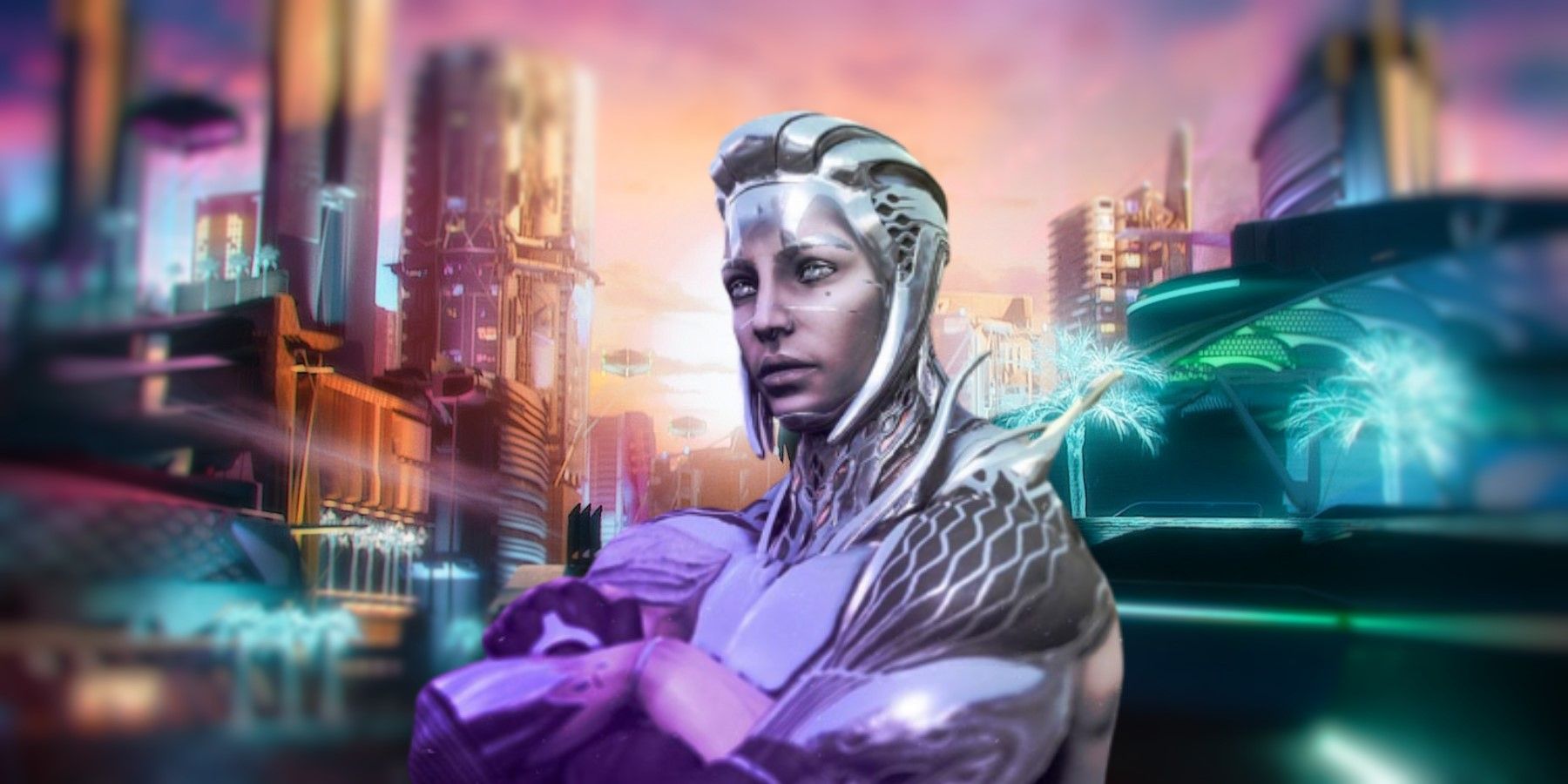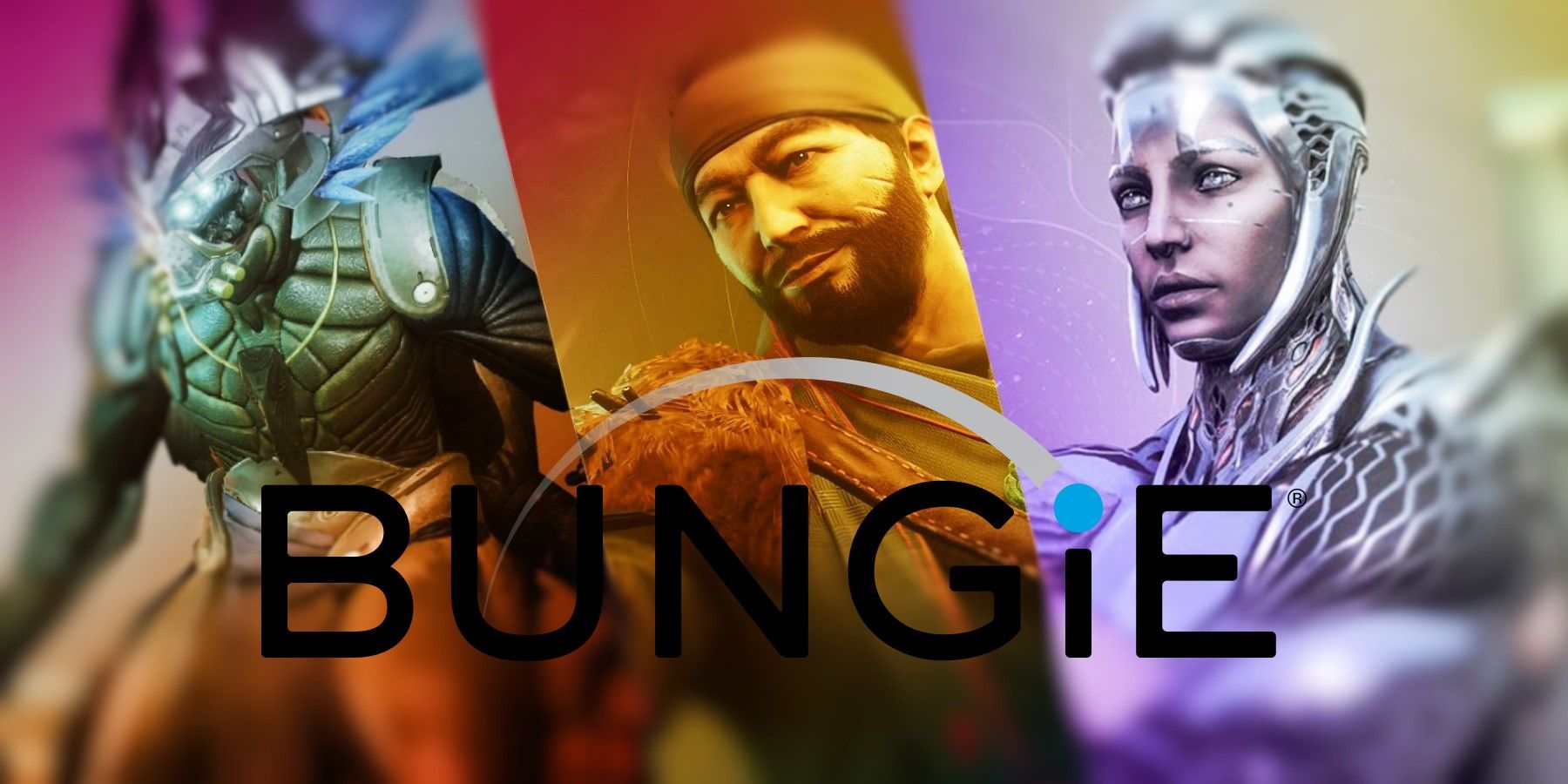Destiny 2's Season of Plunder is currently in its eighth week, with seven more weeks until Season 19, which will then bridge the gap with the release of the game's next expansion, Lightfall. Ever since the official reveal in August, Destiny 2 fans have been hyped to learn more about Lightfall, as it will be the grand confrontation against Calus and his Shadow Legion, and it will also bring a new subclass in the form of Strand. As customary, the new expansion will also take players to a brand-new location, and this time it's going to be a city on Neptune called Neomuna, where humanity has thrived since the Collapse and is being protected by Cloud Striders.
As per Bungie's own wording, Cloud Striders are bionically-enhanced humans that mirror Guardians to a degree, as they act as defenders of their race, but the price they had to pay in exchange for increased performance is a portion of their lifespan. Not much else is currently known about Cloud Striders, but they will be allies in Destiny 2's Lightfall, and players will meet some of them in their journey to push back Calus and The Witness. Among them is Nimbus, a named character that Bungie introduced just now thanks to the National Coming Out Day posters, revealing that they are nonbinary and will be the first character in the game to go by they/them.
Why Destiny 2's Cloud Striders Are More Interesting With Nimbus Being Nonbinary
While nonbinary Awoken were part of Destiny 2's lore already, Nimbus will be the first characters that players can interact with to go by they/them pronouns, which could provide some insights into Cloud Striders' society and pose interesting questions as far as sci-fi stories go. Having a nonbinary Cloud Strider is great representation for the game, but it can also be used as a means of creating a new environment for Neomuna, which will most likely have plenty of lore for players to go through.
Because Cloud Striders transcend humanity to a degree thanks to them being bionically-enhanced, one could wonder how common it is for these people to identify as nonbinary, considering that they become less physically human the more modifications they get. One could argue that this should apply to Exos as well if this were the case, but it's also worth mentioning that Exos were people whose mind was uploaded in artificial bodies, and some could even change their gender through this process - such as Micah-10 from the Beyond Light lore.
On the other hand, Cloud Striders choose to become part machine to serve a cause, and these modifications could lead to their bodies being modified in a way that makes them feel like they don't fit in the binary view of gender anymore. Thus, Nimbus could very well be an isolated case, but they could also be the prime example of what it means to be a Cloud Strider in Destiny 2's massive universe. Cloud Striders' society as a whole could be built in a way that's more fluid than the regular binary view of gender identity makes it, and maybe even more gender identities could thrive in this scenario.
The whole concept of Cloud Striders seems to take roots into the ideas proposed by transhumanism, which is a movement founded on improving technologies to enhance the human condition. Philosophically speaking, a tool as simple as a shovel could be a primal form of transhumanism both because it's a technology that creates new solutions to human problems, and because humans wielding it develop a new sense of touch that extends to the shovel itself, or reshape their personal space in accordance. As such, the idea of Cloud Striders evolving from humans in Destiny 2 can be quite fascinating, and it poses more questions than it answers.
Destiny 2 is now available on PC, PS4, PS5, Stadia, Xbox One, and Xbox Series X/S.


